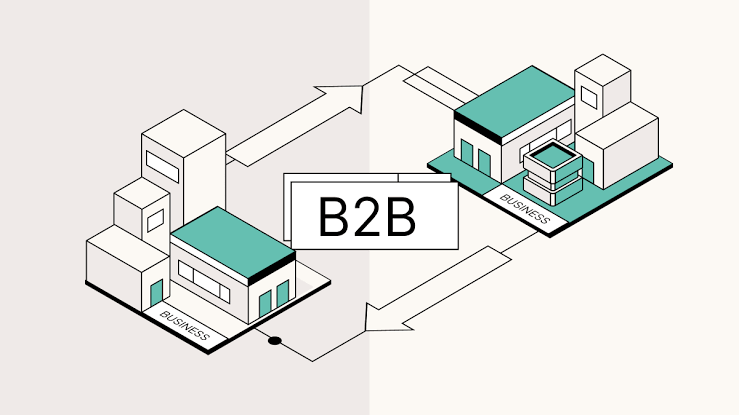Top 5 Benefits of Using Copper Bottles and Carafes for Daily
Copper drinkware is an emerging trend in global health routines. While it has received global attention recently, this practice is deeply rooted in Ayurveda. It is claimed to offer various benefits, including improved health, brain health, and even weight loss and anti-aging effects.
Copper is making a comeback, and not just in celebrity posts. The common man is waking up to the myriad health benefits of this metal, and copper water bottles are flying off the shelves. Of course, it helps that the bottles are absolutely Pinterest-worthy!
So, without further ado, let’s find out why you should stock up on these pretty bottles.
Benefit #1: Natural Antibacterial Properties
A key positive impact of copper on your bodily systems is its antibacterial effect. As backed by both modern science and ancient Ayurvedic techniques, copper is effective as a water purification or sterilization system.
Copper is capable of killing bacteria on contact. That is why public health agencies such as the EPA and Health Canada have registered copper as a public health product. This contact killing ability of copper is also useful for killing the bacteria and fungi in water, such as E. coli or Salmonella. As per a study, 10 million E. coli bacteria are eliminated within forty-five minutes on a wet surface.
So, if you are uncertain about the cleanliness of the water source, using a copper water bottle or carafe can help due to copper eliminates all the harmful microbes in the water on contact. Thus, it is beneficial for traveling to uncertain locations or hiking.
Benefit #2: Supporting Digestive Health
A key benefit of storing water in copper containers is that it can have significant support properties for the digestive system. Copper can prompt peristalsis, which is the rhythmic shrinking and extending of the stomach lining, assisting in digestion.
Therefore, drinking water from premium copper water bottles can be an excellent remedy for problems such as indigestion, stomach infections, or stomach ulcers. In Ayurveda, it is claimed that drinking “Tamra Jal”, or copper water, can detoxify and cleanse the stomach.
A snippet of how this process works is represented in the following chart:
Figure 1
Alt Text: Impact of Copper on the digestive system
Benefit #3: Rich in Antioxidants & Anti-Inflammatory Benefits
According to scientists, copper is an antioxidant, especially due to its property of catalyzing the formation of reactive hydroxyl radicals. Thus, it helps reduce the production of free radicals, acting as a strong antioxidant.
Also, copper has anti-inflammatory properties, reducing inflammation all over the body. Copper-infused water keeps inflammation at bay, creating a healthy environment for the brain. It also alleviates joint pain and stiffness, symptoms of arthritis.
While the two properties may seem similar, being an antioxidant and anti-inflammatory are essentially different. Here are a few differences between the two:
| Properties | Antioxidants | Anti-inflammatories |
| Mechanism | They prevent cell damage from free radicals, or unstable molecules produced during cell processes. | They prevent inflammation, which is a natural response to pain or injuries. |
| Sources | Found in fruits, seeds, and nuts. | Found in fatty fish, leafy greens, and so on. |
| Benefits | Helps reduce the risk of chronic diseases, such as heart disease or cancer. | Helps reduce blood pressure and relieve various chronic conditions. |
Table: Antioxidants vs. Anti-inflammatories
Therefore, while included in the same benefit, these two properties of copper will help you in different ways if you store water in a copper water carafe or bottle.
Benefit #4: Balances the Body pH and Supports Weight Management
When very small amounts of copper mix into water, it can use copper’s alkaline properties to make the water slightly more alkaline. Thus, the water’s pH level increases from the usual neutral state of 7. This helps balance out the pH levels in our bodies, keeping them slightly alkaline.
Since the human body works better at slightly alkaline levels, with a pH of over 7, this increase in pH can improve body functions.
On the other hand, if you are drinking copper-infused water, it can facilitate the breakdown of fats in your body into fatty acids, indirectly supporting weight management.
For these reasons, in many wellness facilities, copper-infused water is suggested as a detoxing agent.
Benefit #5: Responsible, Sustainable, and Durable
When discussing the benefits of drinking from a copper water carafe or bottle, the discussion can dive into the importance of copper in sustainability. Copper is 100% recyclable because it can be repeatedly melted without major damage.
Also, copper is highly durable as its excellent corrosion resistance allows it to function throughout its lifetime without any significant drop-off in performance. This property makes copper water bottles highly reliable, with a long service life and low maintenance costs.
Thus, copper water bottles can be a much more sustainable alternative to plastic bottles, being long-lasting and also environmentally friendly. So, using copper water bottles would make you an environmentally responsible consumer.
These are some of the advantages of copper water bottles over plastic:
| Factor | Copper Water Bottles/Carafes | Plastic Water Bottles |
| Health | Efficient anti-oxidation and anti-inflammatory capabilities. | No particular health benefits. |
| Durability | Extremely durable. | Easily damaged and needs replacement. |
| Sustainability | Copper is a recyclable and renewable resource. | Plastic can be potentially harmful to the environment. |
Table: Copper vs. Plastic Water Bottles
In Summation…
Hence, switching to premium copper water bottles and carafes can have a multitude of benefits, not only to your health, but to the environment as well. It is a natural antibacterial agent, helps reduce inflammatory effects in the stomach, supports the digestive system, and can work as an effective antioxidant.
Alternatively, copper is also 100% recyclable and has excellent corrosion resistance. These properties make copper a sustainable and durable material, good for the environment.
Upgrade to a Copper Water Bottle Today!
With no potential benefits to boot, why are you still stuck on a plastic water bottle? Upgrade today! With a variety of designs and premium quality options, pick up a handcrafted copper water bottle or carafe, and shift towards a healthier lifestyle.









